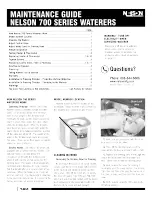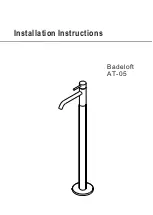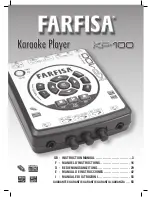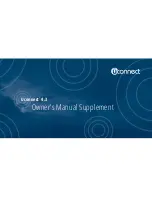
© Presby Environmental, Inc., Missouri Design & Installation Manual, September 2020 Edition
Design and Installation Manual
for Advanced Enviro-Septic®
(AES)
Wastewater Systems
Missouri
Table of Contents
1.0 INTRODUCTION
3
1.1 State-Specific
Information
3
1.2 Background
4
1.3 System Components
5
2.0 SYSTEM DESIGN
6
2.1 System Sizing
6
2.2 Design Procedure
6
2.3 Design Examples
7
2.4 Design Specifications
8
2.5 System
Configurations
11
2.6 Pump Systems
13
2.7 Venting
17
2.8 Site Selection
18
3.0 INSTALLATION
19
4.0 REJUVENATION AND
EXPANSION
22
5.0 OPERATION AND
MAINTENANCE
23
6.0 WARRANTY
24
SEPTEMBER 2020
For more detailed design and installation information on AES, please contact Infiltrator
Water Technologies at (800) 221-4436 or Presby Environmental, Inc. at (800) 473-5298.


































